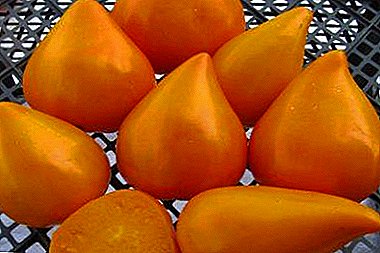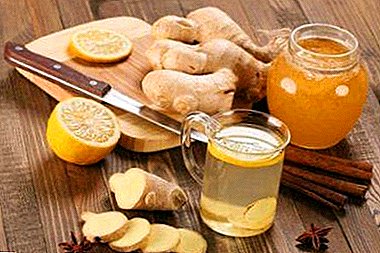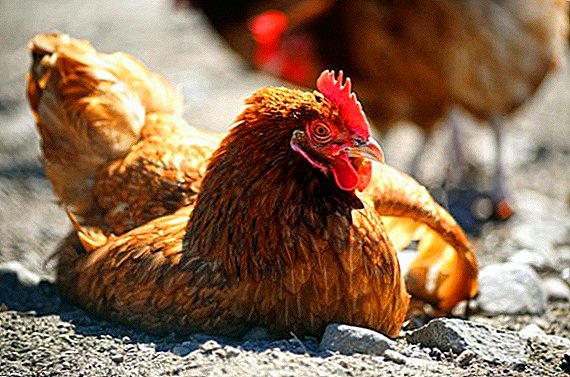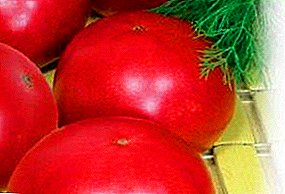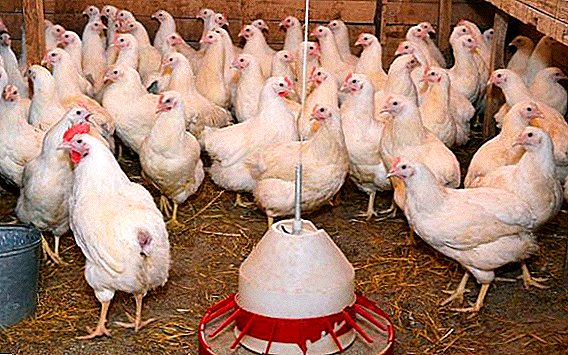 If you decide to breed chickens to get eggs, it is important to familiarize yourself with the information on this topic. In our article we will tell you about the age at which pullet chickens begin to fly, and how many eggs can be obtained from them.
If you decide to breed chickens to get eggs, it is important to familiarize yourself with the information on this topic. In our article we will tell you about the age at which pullet chickens begin to fly, and how many eggs can be obtained from them.
What does egg production depend on?
If you want chickens to carry a lot of eggs, you need to provide them with comfortable conditions and follow certain rules for their maintenance:
- Light mode. If the animal is in a dark room, it is necessary to provide it with artificial lighting.
Important! It is not necessary to feed the hens of meat and egg breed with corn: it contributes to a rapid increase in the weight of the bird, which will lead to a decrease in egg production.
- Air temperature. It is necessary to maintain a constant temperature, as if it drops or drops below + 10 ° C, chickens will give fewer eggs, or will cease to grow at all.
- Air humidity. Be sure to monitor the indicator of humidity. When young hens are laying, it is important to maintain its value at the same level - 60-70%.
- Density of landing of hens. It is not necessary to place a large number of birds in one chicken coop - this will lead to a decrease in the clutch.
- feeding. It is necessary to feed the bird according to a special schedule, including foods rich in nutrients in the diet.

To achieve high masonry, you need to consider all of these factors.
Breeds and terms: when pullets begin to rush
It is impossible to say with precision at what age chickens are laying. It depends on their breed and care. Usually, chickens begin to nest when the weight of the pullet is at least 75% of the mass of the adult. Consider when the laying of eggs in chickens of different breeds begins.
Egg

Maturation of this breed occurs quite rapidly - after 4-5 months. Approximately at 18-20 weeks you can get the first testicle.
Meat and Egg

The laying of eggs in this breed begins at 20-24 weeks, that is, it will have to wait about 5-6 months. However, this period cannot be more than 6.5 months.
Meat

Such a bird is rarely kept for eggs, as they begin to trot 7-8 months later after birth.
If you do not specify how many months the hens of pullets of different breeds begin to fly, then on average this happens after about 5-6 months. However, do not rejoice if the clutch appeared before the deadline. This can lead to chicken health problems. Do not rush the egg-laying - it is better to wait until the bird begins to rush in a natural way.
The quality and quantity of eggs laid
If you are used to buying eggs in the store, then be prepared for the fact that received from pullets differ significantly. They have a smaller size, usually their mass does not exceed 45 g. But in terms of quality, they can be even better - especially delicious yolk. Over time, their weight will increase and reach the usual figure - 60 g.
Did you know? The largest chicken egg listed in the Guinness Book of Records has a weight of 170 grams, a length of 8.2 cm, a width of 6.2 cm.

Chicken has many eggs, which she had enough until the end of life. The transformation of the egg into the egg occurs gradually - it takes about a day. Depending on the breed, the amount of clutch varies:
- egg: able to give testicles for 10 months without a break. During this period, the clutch can be from 170 to 250 eggs.
- meat and egg: gives about 170 eggs a year.
- meat: the amount is quite small - about 100 pieces. This is due to the short period of laying, because after 7 months the bird begins to molt, and can no longer carry eggs. However, it is worth noting that products from such breeds differ in large sizes.

Conditions and food
If you want the bird to provide good laying, you should take care of the conditions of its content:
- The chicken coop should not be cramped, it is worth building it at the rate of 1 m² for 5 chickens.
- Provide the bird with balanced nutrition. It needs minerals and greens. It is not necessary to feed the chickens exclusively dry food, occasionally you need to give your pets wet mash.
- It is necessary to regularly change livestock. It is recommended to do this en masse, sending 80% of poultry to the meat at once.
Chickens should receive a diverse and nutritious food, which consists of corn, wheat, barley, oats, carrots and boiled potatoes.Special attention should be paid to nutrition. It should be carried out at the same time so that chickens are used to this schedule.

Important! No need to slaughter chickens if they do not rush for 3-4 weeks. This is a period of rest, which is worth waiting out, after which the bird will again begin to lay eggs.In the morning you should feed the chickens immediately after they wake up. For the first meal, a wet mash of boiled potatoes, bran, kitchen waste is suitable.
In the evening, the bird must be fed before it perches. It is not necessary to give grain at night. 
What to do if the chickens are no longer rushing?
Masonry may decrease for the following reasons:
- low light in the hen house;
- stressful situations in birds;
- lack of proper nutrition;
- molting period;
- the appearance of diseases and parasites;
- excessive development of the incubation instinct;
- middle age of hens;
- laying eggs in secret places.
If you want your chickens to be healthy, read about chicken diseases, their treatment and prevention methods.To try to rectify the situation, you can use the following tips:
- prolong daylight in the hen house by artificial means;
- reduce feeding with dry feed, give dairy products to poultry;
- arrange artificial molting. Do not give the birds a meal for several days - this will lead to stress and, as a result, to molt. Then chickens need to start to feed well, and this will lead to an increase in clutches.
Sometimes chickens can be stressed, especially if they are placed in a new barn. Give them time to adapt, add vitamins to the diet. Birds usually get used to a new member of the flock in a week.
Did you know? If you place the eggs with the pointed end down, they will retain their freshness better. In this position, the bacteria that may be in the air sac, located at the blunt end, will not be able to penetrate the testicle.Ensure that the temperature is maintained in the hen house. It should be kept at + 14 ... 23 ° С. In winter, it is recommended to warm the room, if possible heat it. In summer, ensure free access to the bird for drinking and make a place for walking. If the reason for the small clutch has not yet been clarified, it is necessary to consult a veterinarian.
Pledge of high egg production - caring and attentive attitude to their pets. After reading the article, you know how many chicks of the pullets begin to fly and what is needed for this, which means you can safely start breeding birds.


